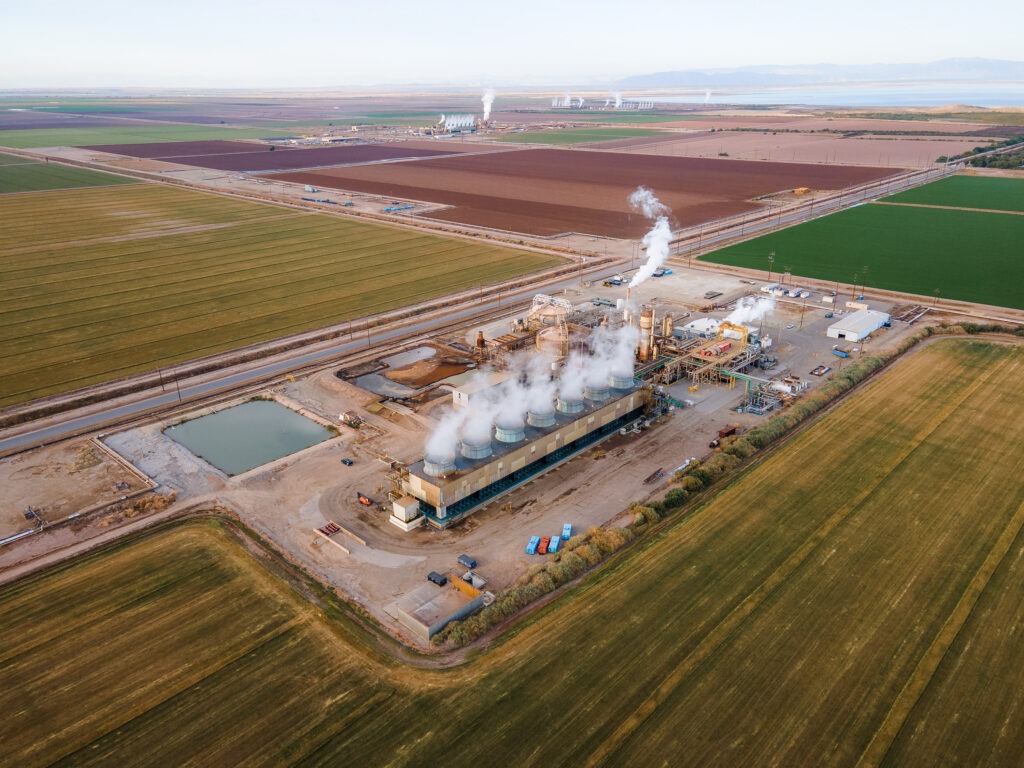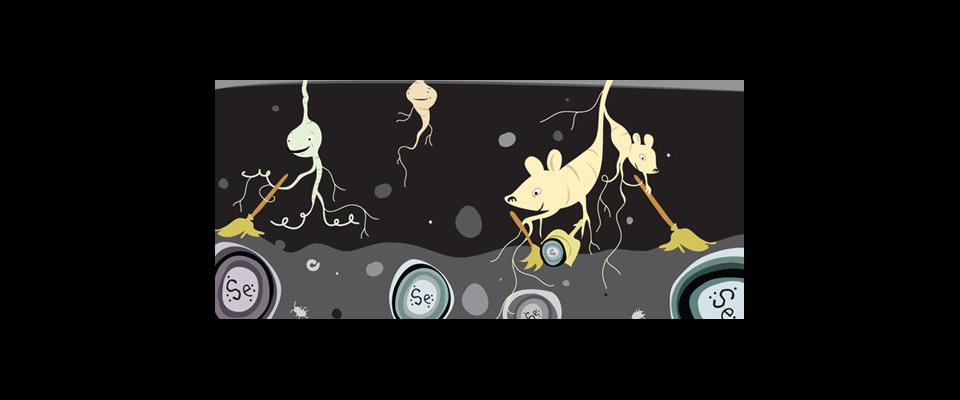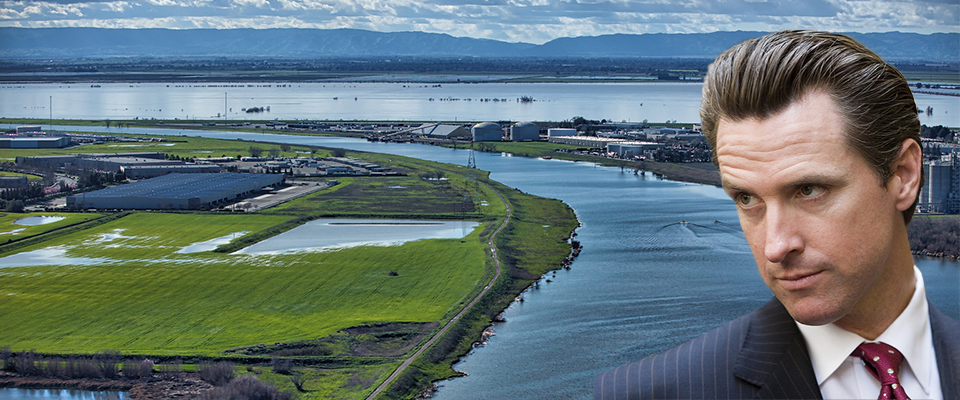Constructed wetlands could help save the Salton Sea.
The Salton Sea, a 376-square-mile lake in Southern California’s Imperial Valley, is an important stop for migratory birds, though it formed accidentally as a result of a river diversion project in the early 20th century. But selenium runoff from agricultural fields now threatens to contaminate this lake. In high enough concentrations, selenium can cause embryo defects in birds.
Berkeley professor Norman Terry of the Department of Plant and Microbial Biology may have a solution. Terry has been researching how constructed wetlands can be used to strip the selenium out of the waterways that feed the lake. He has primarily worked with wetland plants and bacteria, but his latest innovation harnesses algae.
First, river water is pumped through a sediment pond, where fine particles are removed. Then an algal pond soaks up selenium and releases it, in a nontoxic form, into the air. The water then flows to a cattail wetland, where microbes living in the wetland sediments transform any remaining selenium into safe, insoluble forms. The result is water that is suitable for bird habitat.
The algae are the key to this design because they can turn selenium into a gas, a process known as volatilization. Once volatized, the selenium is removed from the local ecosystem. Terry’s wetland design is easy to operate and maintain, and most importantly, it is cheap. In experiments, Terry’s system has reduced selenium concentrations in the water column to less than one part per billion, something that no other methods have accomplished so cost-effectively.
To date, Terry has only demonstrated his wetlands in the lab. The next step for him and his team is to test their experiments in the field. Terry is also toying with the idea of how the algae from the design’s ponds can be used to produce biofuels.
As his postdoctorate fellow Maria Suarez puts it, “The whole idea of this is to create something sustainable with minimal damage to the environment.”





















